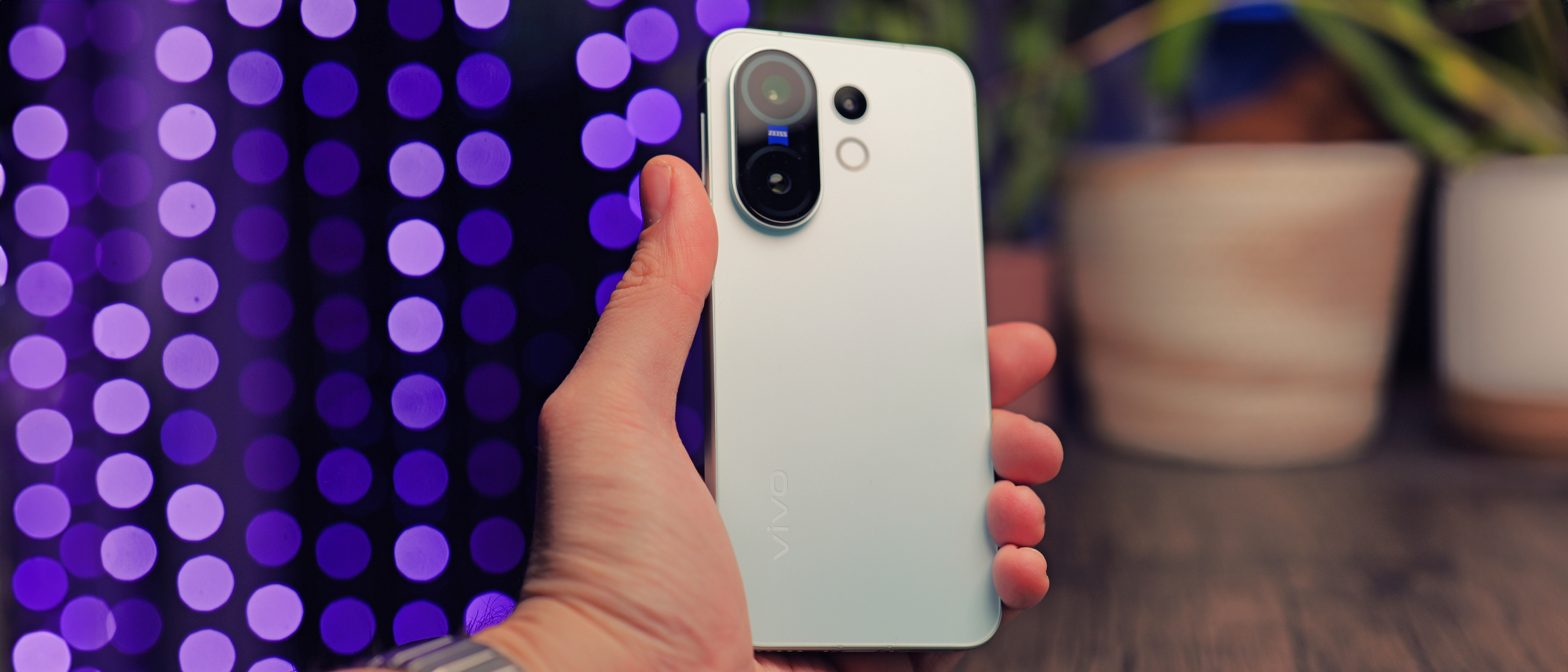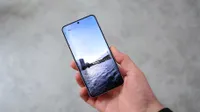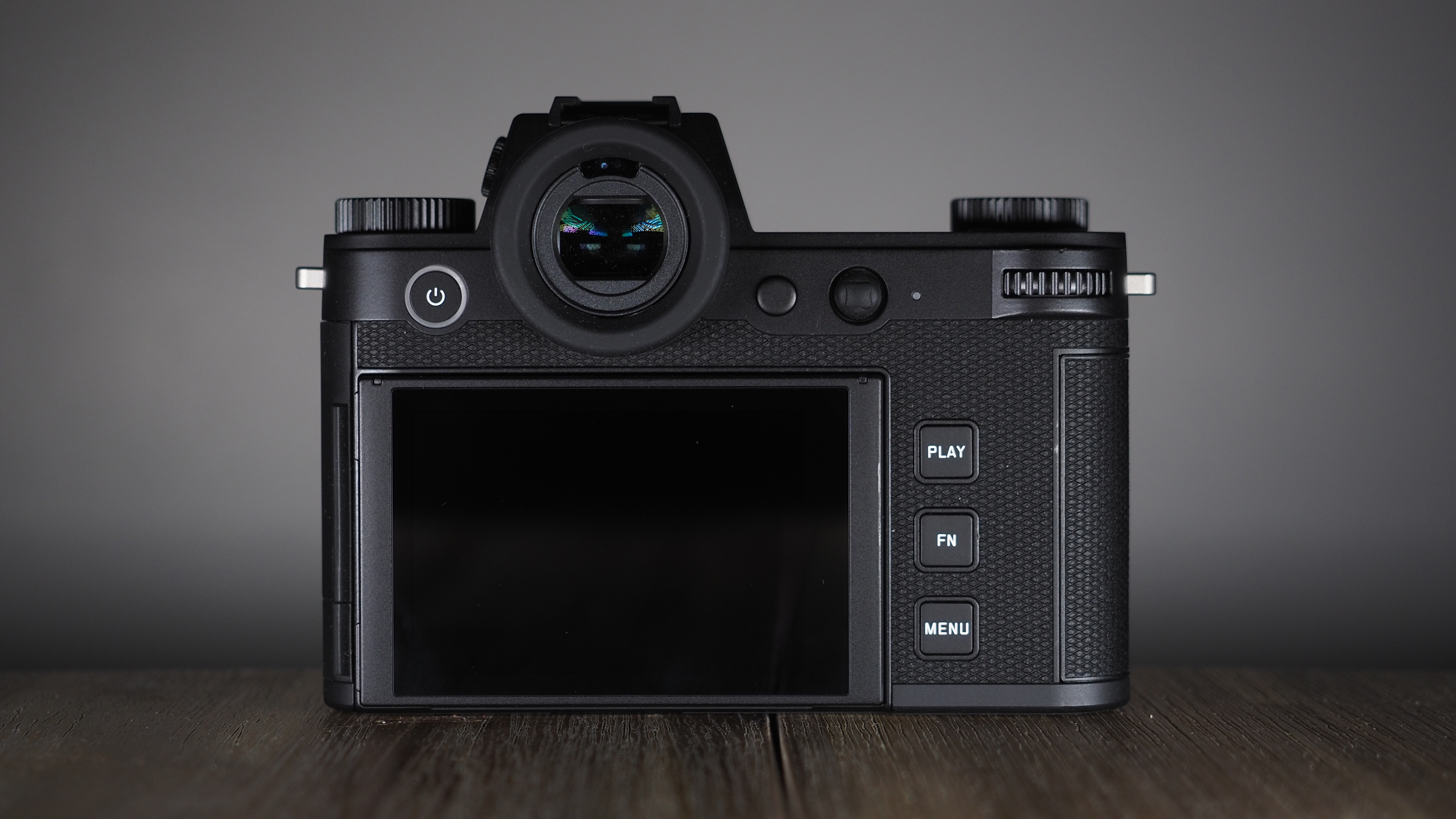Digital Camera World Verdict
A charming, compact design, excellent image processing, massive battery, and speedy performance all combine to make the Vivo X200 FE a delight to use. However, a weak ultrawide camera and a lack of wireless charging mean the phone lacks balance compared to the competition.
Pros
- +
Compact form factor
- +
Fun pastel colour options
- +
Plenty of power
- +
Massive battery
- +
Impressive main and telephoto
Cons
- -
No wireless charging
- -
Weak ultrawide camera
- -
Limited availability
Why you can trust Digital Camera World
Vivo has been on a bit of a hot streak lately. The X200 Pro and X200 Ultra are, in my opinion, in hot contention for the best camera phones ever made.
That said, living with these phones can be a bit of a chore. They're thick, heavy beasts that prioritise camera performance over physical dimensions and portability.
If you want that flagship Vivo magic, without carrying such a sizable slab, your options are very limited. There's the Vivo X200 Pro Mini, but that's only available in China; the rest of the world is out of luck.
Now, though, the Vivo X200 FE has landed. It offers a smaller form factor, similar to the iPhone 16 Pro and Galaxy S25, but it comes with Vivo's renowned image processing and Zeiss optics, not to mention a more affordable price tag.
Unfortunately, it doesn't seem like this handset is quite on the same level as its Pro and Ultra siblings. The sensors are significantly smaller, and the ultrawide is only 8MP, for a start. Is this the pocketable camera flagship we've been waiting for? Or is it just a souped-up mid-ranger? I made it my mission to find out.
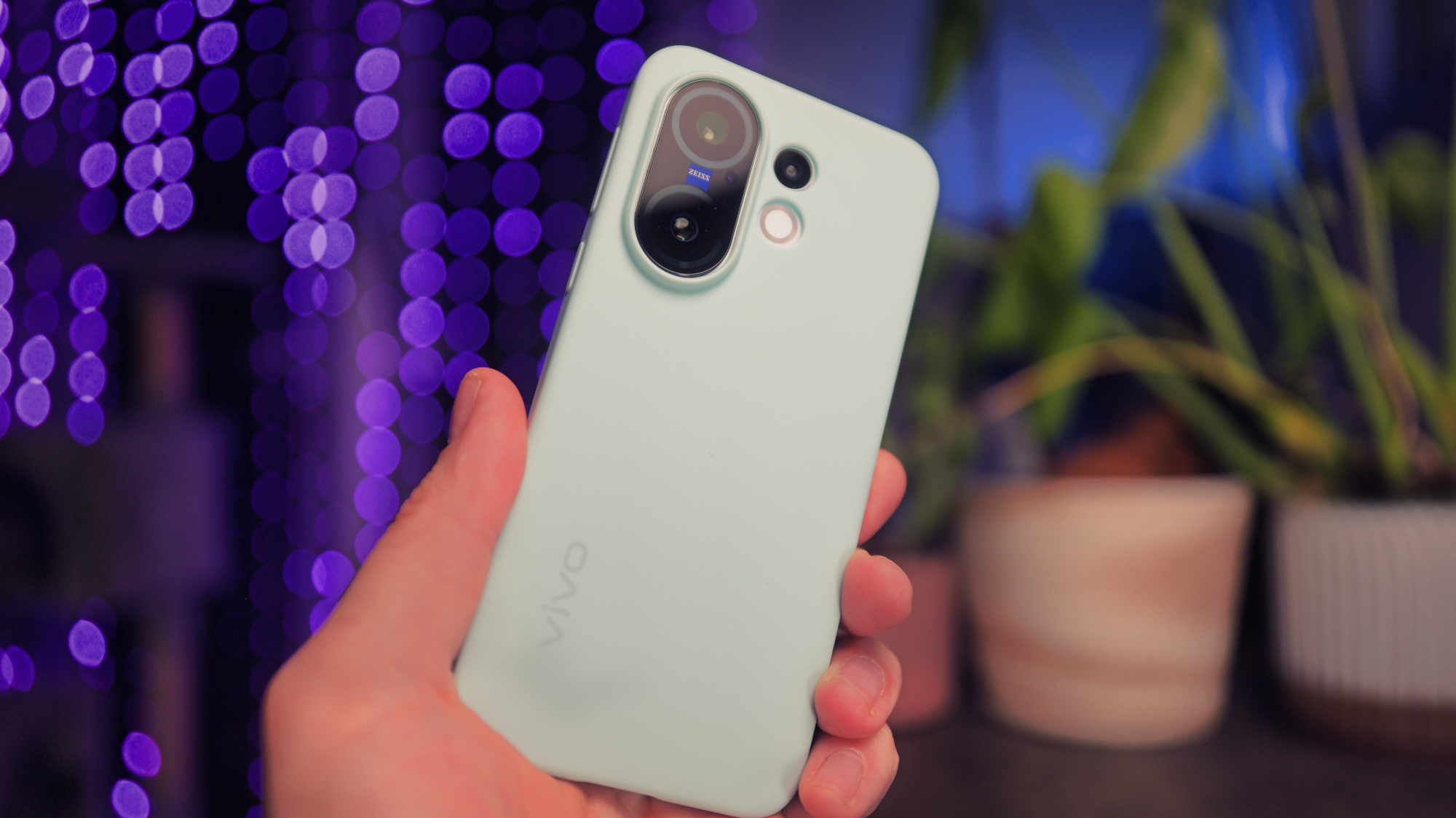
Vivo X200 FE: Specifications
Screen | 6.31-inch 120Hz LTPO AMOLED 1216x2640 |
CPU | MediaTek Dimensity 9300+ |
RAM / Storage | 12GB / 16GB RAM + 256GB / 512GB storage |
Wide Main Camera | 50MP 23mm f/1.9 (1/1.56-inch) |
Ultra Wide Camera | 8MP f/2.2 (1/4.0-inch) |
Telephoto Camera | 50MP 70mm f/2.7 (1/1.95-inch) |
Front Camera | 50MP f/2.0 |
Video | Up to 4K60 / 1080p120 |
Battery | 6500 mAh silicon-carbon battery |
Operating System | Funtouch OS 15 (based on Android 15) |
Size (HWD) | 150.8 x 71.8 x 8 mm |
Weight | 186g |
Vivo X200 FE: Price
As usual, the global rollout for the X200 FE will be somewhat limited. It is coming to Europe, but as usual, it won't be launching in the UK or the States. It will be available in Austria, Spain, Poland, Italy, and Germany, starting from around €849.
Prices will differ outside of Europe, but it will also be available in India, Thailand, Malaysia, Philippines, Hong Kong, Taiwan, Singapore, Turkey, Saudi Arabia, United Arab Emirates, Russia, Kazakhstan, and Pakistan.
The best camera deals, reviews, product advice, and unmissable photography news, direct to your inbox!
Vivo X200 FE: Design & Handling
You might have noticed that the Vivo X200 FE looks nothing like the X200, X200 Pro or X200 Ultra, and there's a reason for that. In China, this phone is called the S30 Pro Mini, but since we don't get S-series phones globally, it has been folded into the flagship X-series.
The X200 FE has a completely flat front and rear, with squared-off siderails, contrasting the quad-curved displays of the other X200 devices. It looks and feels a lot more like a Galaxy S25, Xiaomi 15, or iPhone 16 Pro. It's not especially unique, but it's a formula that works, and I love the way this phone feels in the hand.
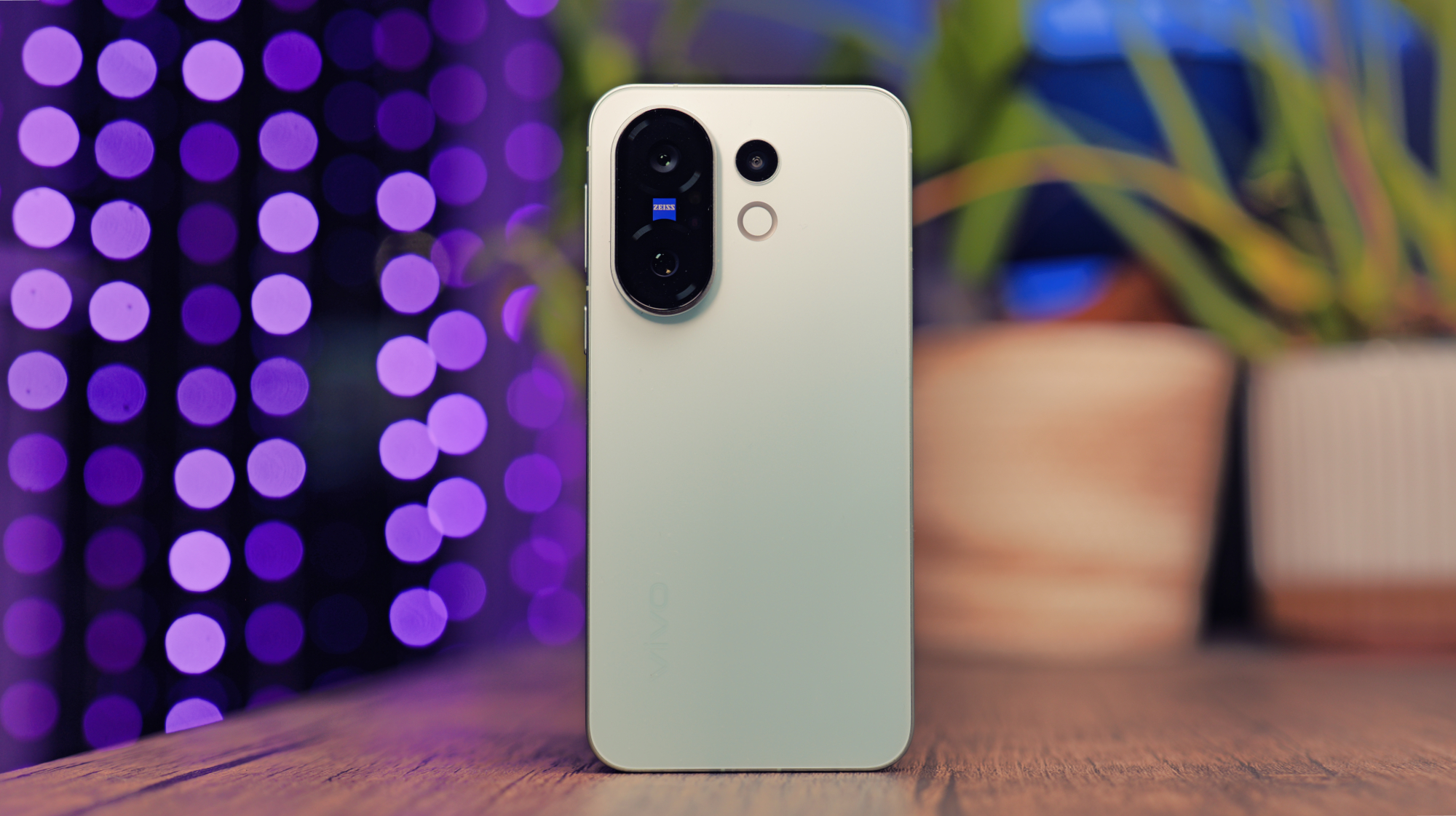
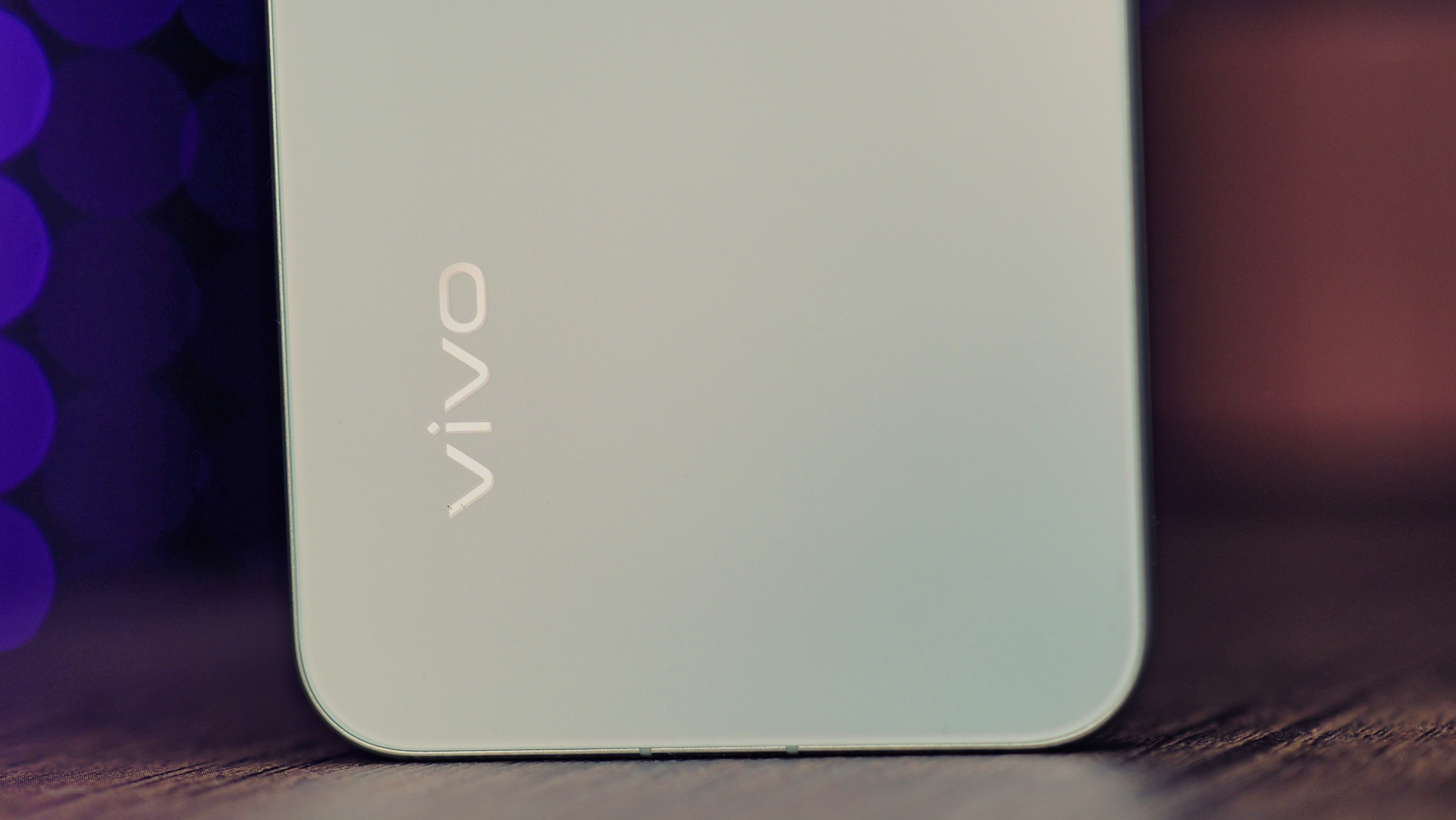
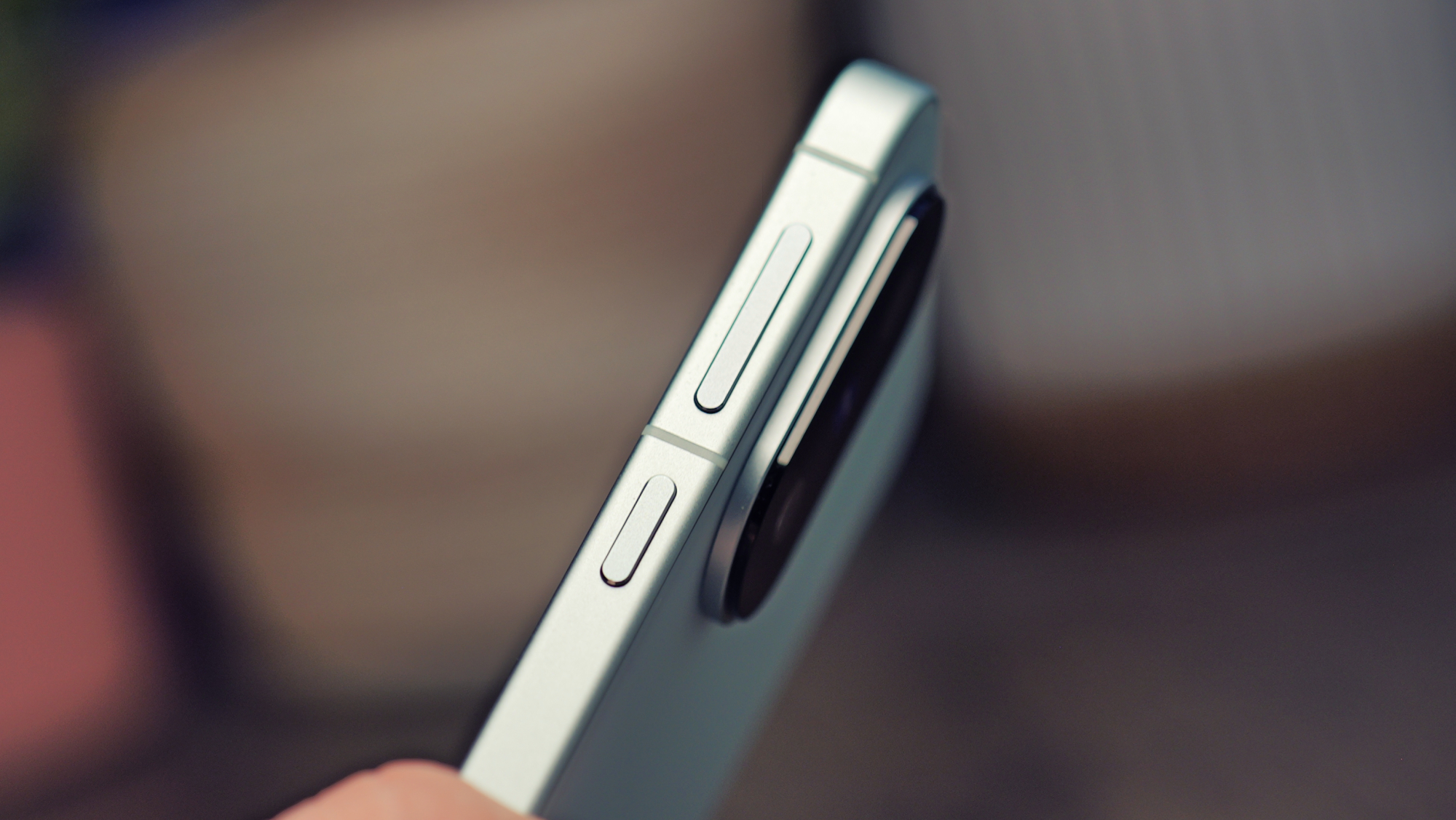
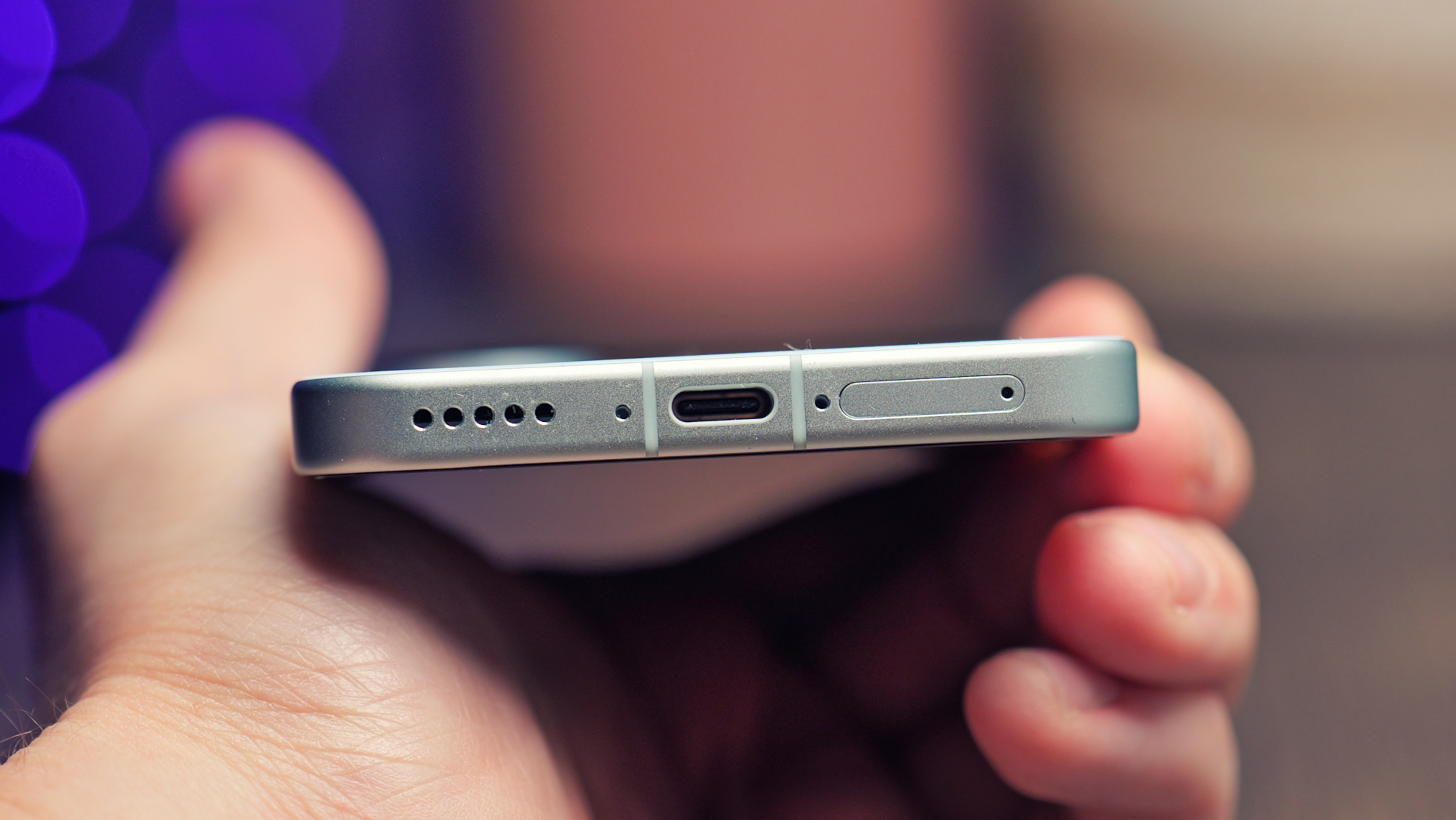
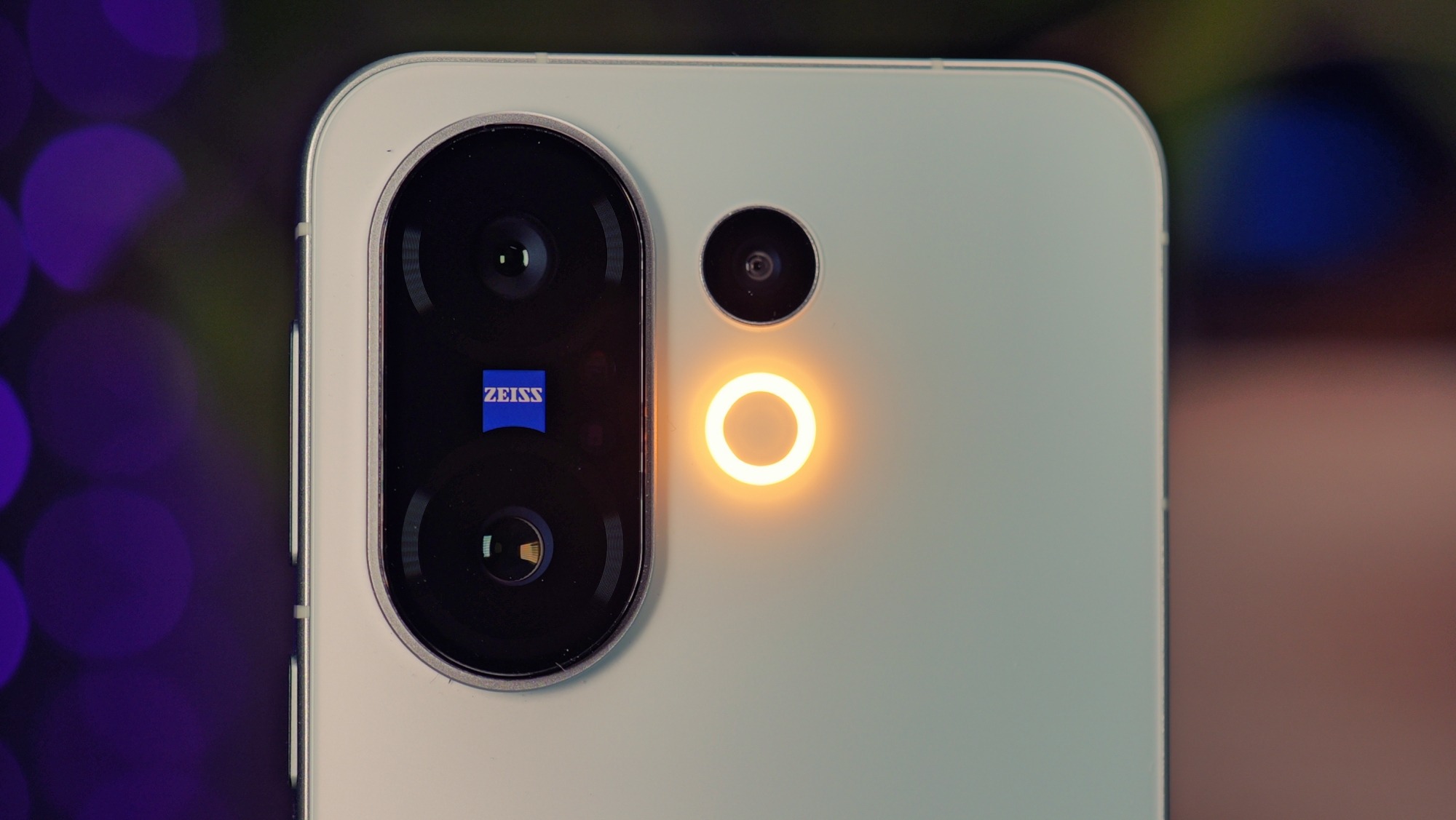
What does help the phone stand out a little more is the colour options. It's available in a range of pastel shades, which make much more of a statement than its rather anonymous competition. I have the Blue model in for testing, but there are also very fetching pale pink and pale yellow options available, as well as a more sensible black version.
Both the yellow and pink models have contrasting black siderails, and I love the way they look. The black model has black sides, too, which is to be expected, while only the blue model gets silver edges. Honestly, I think they all look superb.
The cameras, too, are placed differently from the rest of the X200 lineup. They're off to one side, shoved up in the top left of the phone. The layout reminds me of the recently released Poco F7, but unlike that phone, there are three lenses here.
The ultrawide is much smaller, and it's placed on its own next to the flash. It doesn't look as impressive as the other two lenses, and that's because it's not, but we'll get on to that later.
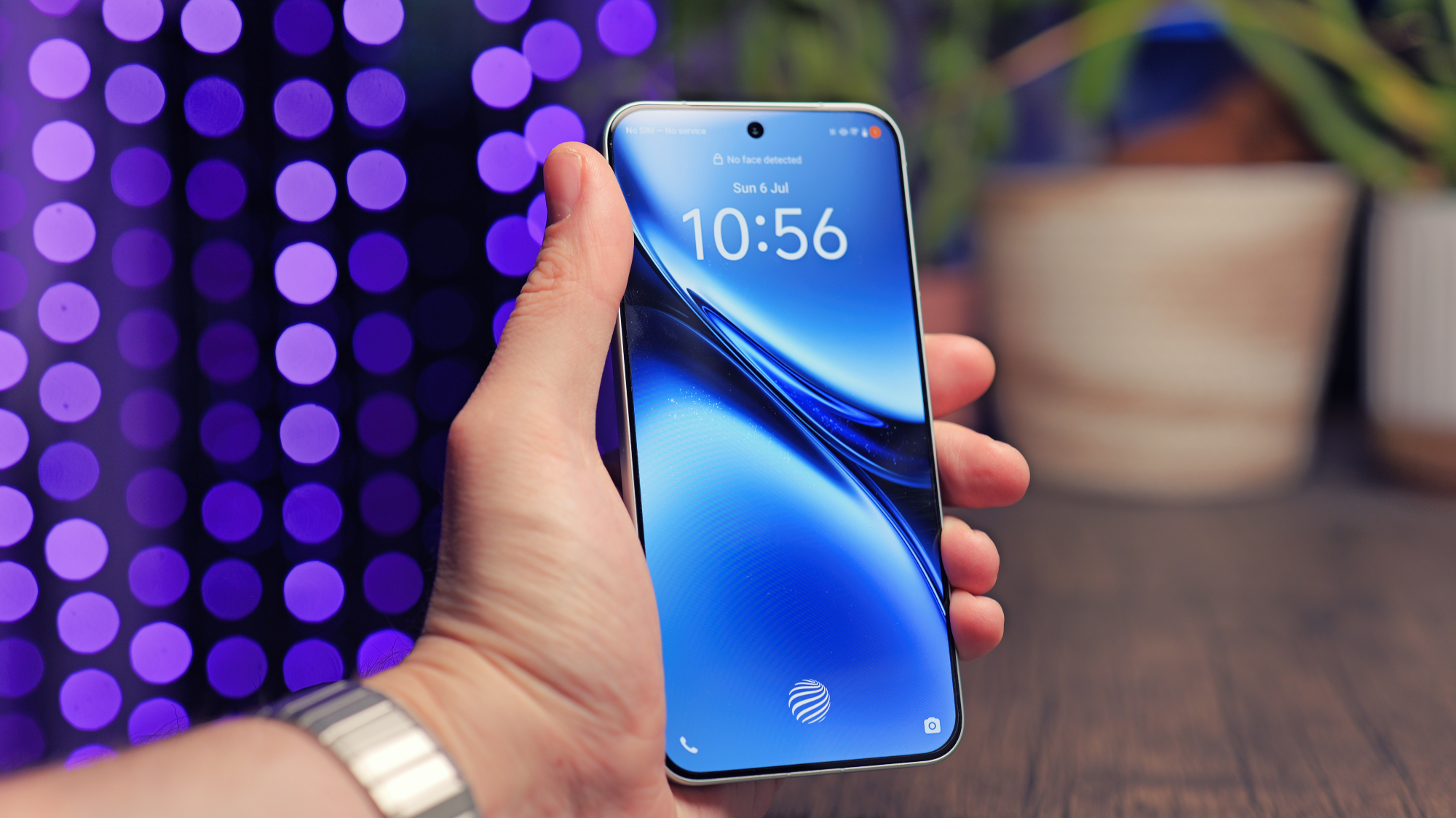
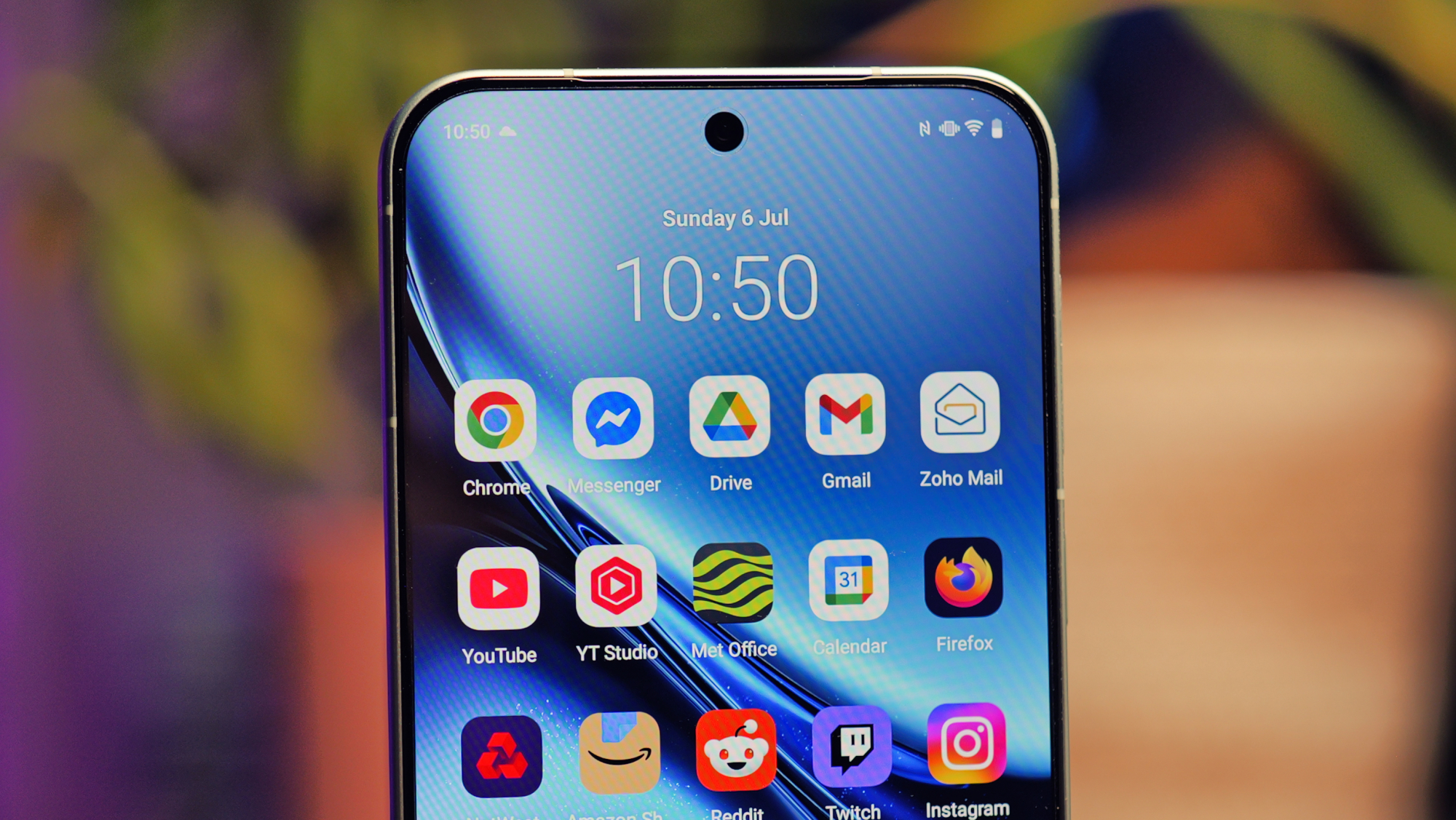
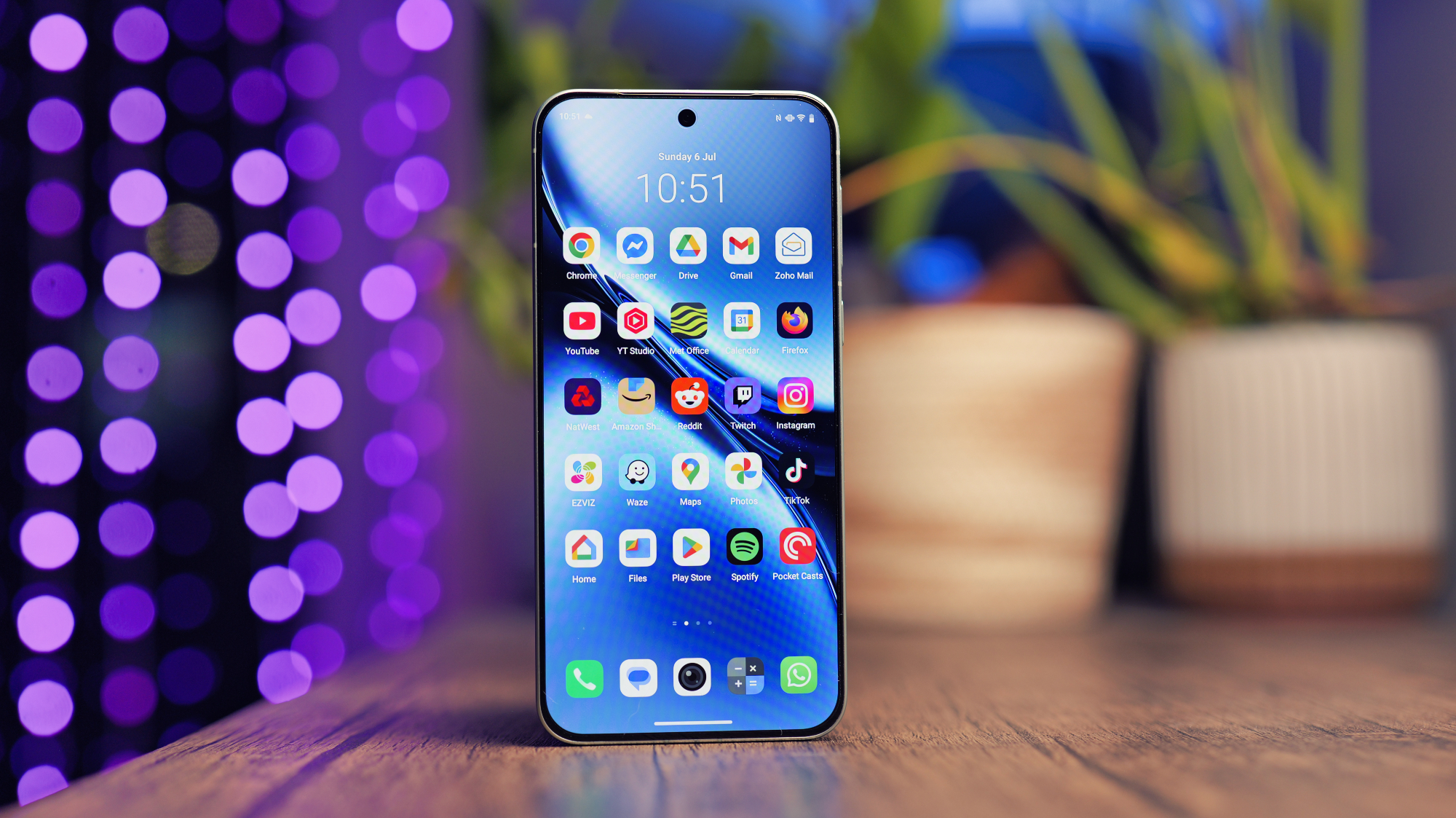
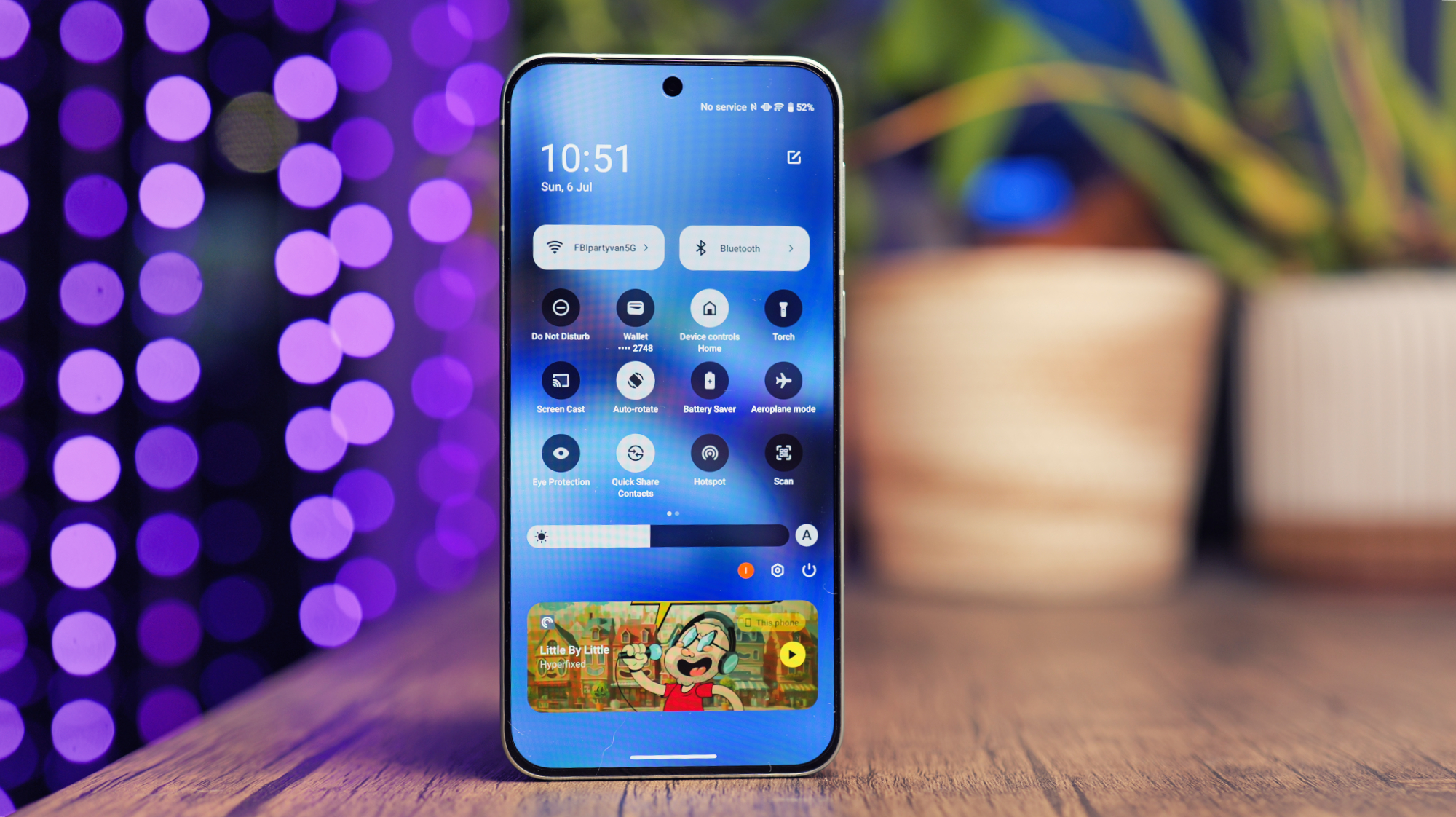
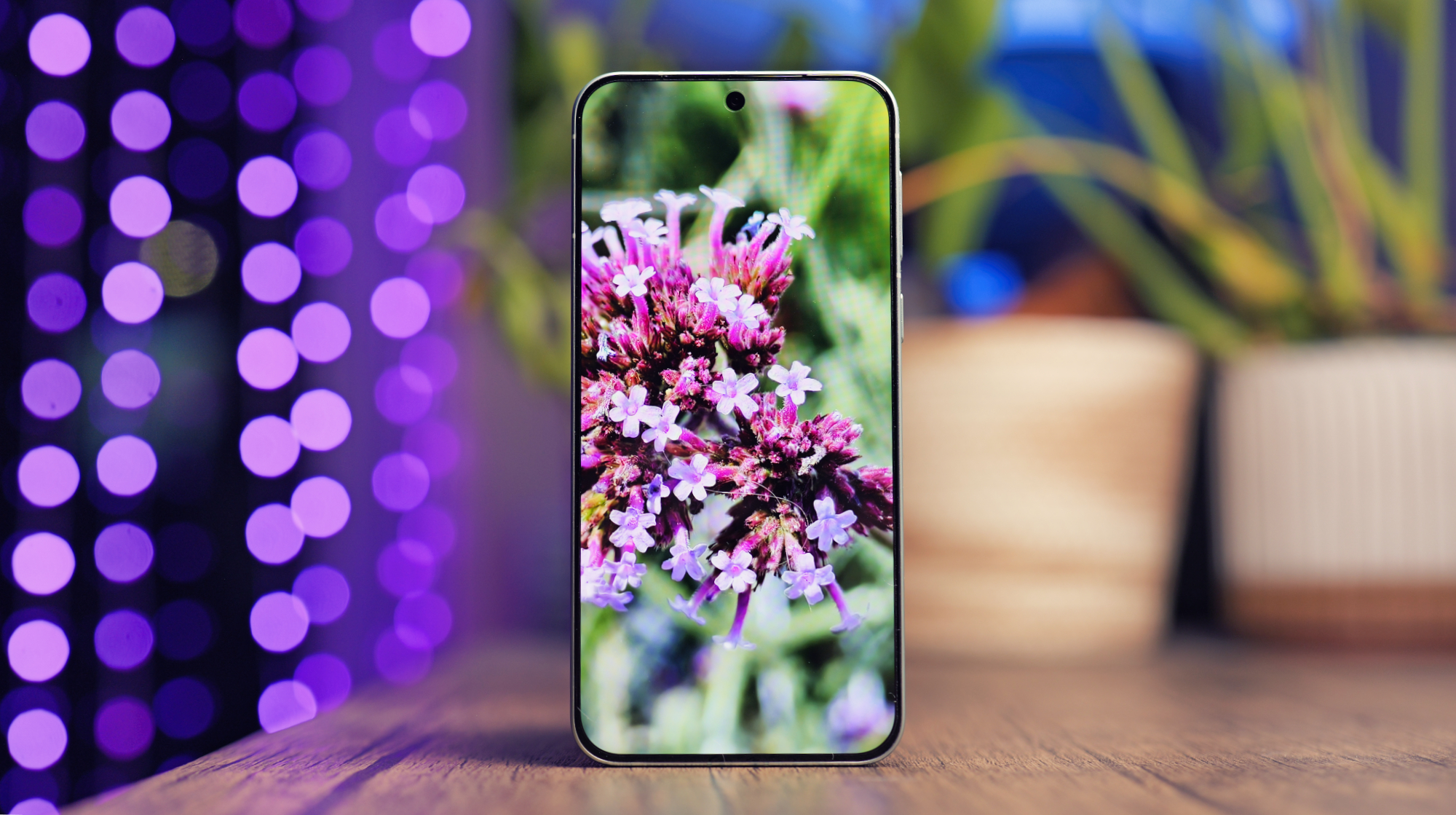
The box includes a TPU case that's colour-matched to the phone, which I thought was a nice touch. It could be important, too, as you're not likely to be swimming in third-party case options. There's also a factory-applied screen protector, and if my previous experience is anything to go by, you might want to leave that on, as Vivo screens tend to scuff up easily.
On the topic of durability, the X200 FE is both IP68 and IP69 rated. This means it's completely dust-sealed and it'll withstand dunks in freshwater, as well as blasts from jets of hot water - shower scrollers rejoice.
I've spent a lot of time with heavy flagships lately, and I've been using the 230g X200 as my main phone since it arrived, so switching to this was a breath of fresh air. It's only 186g, so it doesn't weigh down your pocket so much, and the more compact screen means you can reach the top of the display without straining your thumbs.
Vivo X200 FE: Camera Performance
The Vivo X200 FE has three cameras on its rear: a 23mm equivalent 50MP main camera, a 50MP 70mm equivalent telephoto, and a less impressive 8MP ultrawide. Around the front, there's a 50MP punch-hole selfie snapper, and unlike the X200 and X200 Pro, this one has autofocus - something I'm always pleased to see.
As the spec sheet suggests, it's really only that 8MP ultrawide that lets the team down. It just can't match the fidelity of the other lenses, and the small sensor makes for some pretty muddy-looking images in low-light situations. It also lacks autofocus, so you can't use it for close-ups.
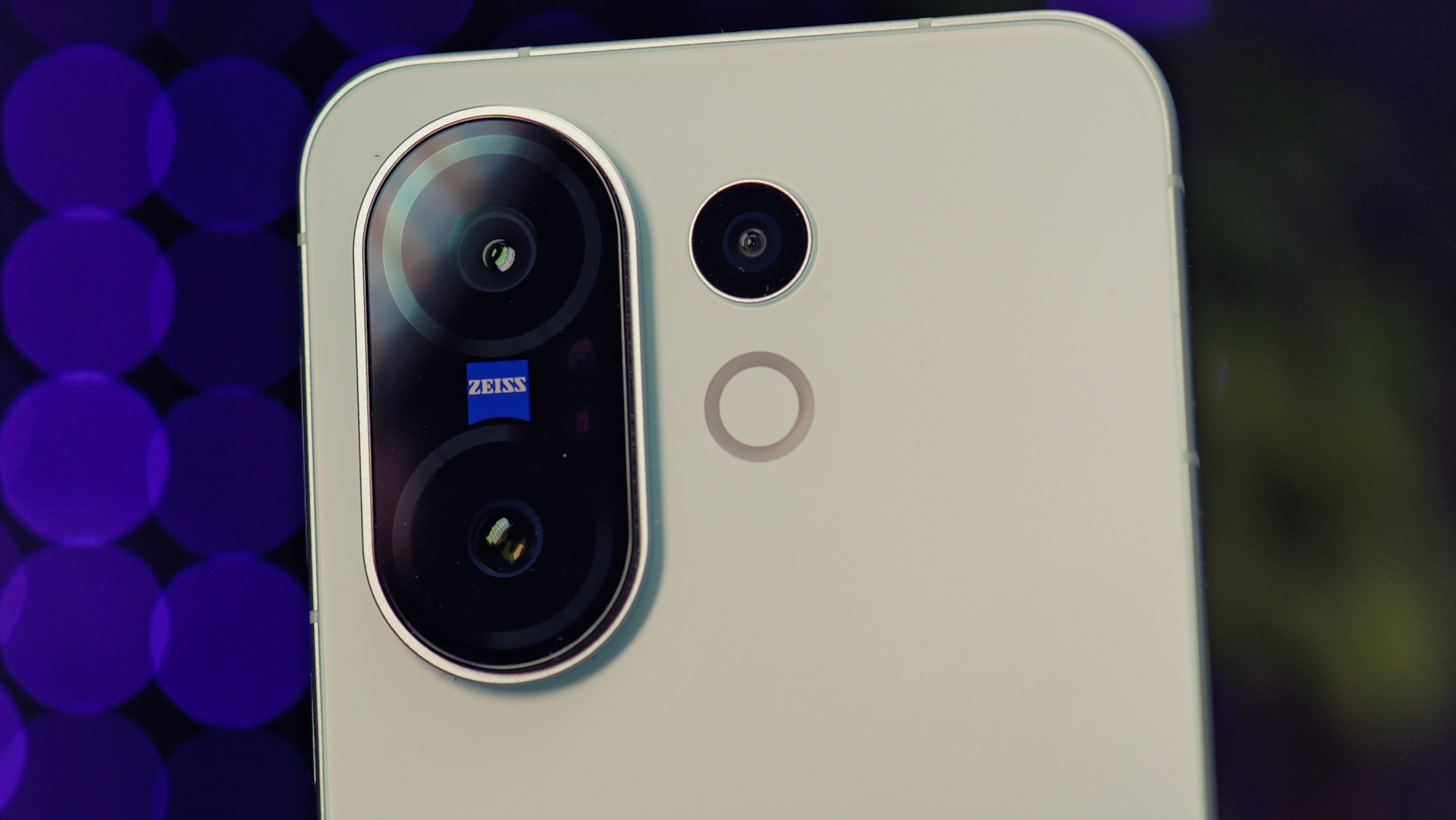
Thankfully, the other lenses pick up the slack, so if you rarely use the ultrawide camera, it might not matter too much. As usual, the main sensor is the star of the show, and if you want the absolute best quality from this phone, it should be your weapon of choice. The 3x telephoto is not far behind at all, but it can begin to struggle in dark situations.
The phone performs surprisingly well with digital zooms, too. It's not on the same level as its pricier siblings, but you can take usable photos up to around 20x. The software will allow you to go all the way to 100x, if you wish, and it uses AI to attempt to clean up the results. As you might expect, the images look pretty terrible at that level of zoom.


What surprised me the most, though, was the selfie camera. The front cameras on a lot of Vivo flagships have disappointed me, which is weird, because the cheaper V-series phones have some of the best selfie cameras around. Thankfully, this selfie snapper has more in common with the V50 than the X200 Pro.
The fact that it has autofocus makes it so much more suitable for group shots, and the wide angle of the lens means you can squeeze everyone in with ease. It also has a stabilisation booster for video shooting, which is something the X200 Ultra bizarrely lacks - so you could argue it's better for vlogging, too.

Another thing this phone inherits from the V-series is the Aura Light. Rather than having a single-colour LED flash, there's a bi-colour ring next to the cameras, which can either act as a flash or an adjustable continuous fill-light. It's too small to be particularly flattering, but the fact that it adjusts to match the ambient light temperature makes it look a lot better.
When it comes to video shooting, the main, telephoto and selfie cameras can all shoot at up to 4K60, while the ultrawide is capped at 1080p30. Stabilisation is great, and the microphones are decent, if a little more susceptible to wind noise than I'd prefer.
Vivo's excellent LOG profile is sadly missing here, but you can capture RAW photos, and there's Pro camera controls are very comprehensive. Of course, all the usual Vivo niceties are included, like the exceptional Vintage picture profile, Zeiss-backed modes like Natural Colour, and the Humanistic Street Photography mode.

Vivo X200 FE: Phone Performance
The Vivo X200 FE is powered by the MediaTek Dimensity 9300+, it is a slightly older processor, but it's still a flagship chip. The performance is very similar to the Snapdragon 8 Gen 3, but it can't keep up with newer Snapdragon 8 Elite models.
It's paired with 12GB or 16GB of RAM, both of which are more than enough for heavy multitasking, and either 256GB or 512GB of storage, depending on your configuration. I have the 12GB+512GB model in for testing, so the performance is identical to the base model, just with more room for apps and photos.
While the processor might not be the latest and greatest available, there's still ample power available for just about anything you could want to do with your phone. It feels incredibly quick and snappy, demanding games run without issue, and honestly, it's only benchmarks that show the difference between this and the 8 Elite, in actual use, they feel about the same.

The X200 FE runs FunTouch OS 15, the same software as the X200 Pro, and all recent Vivo phones in the global market. It's what I'm used to, so I felt right at home.
It's a very customisable operating system, so if you don't like the way a certain aspect looks, you can change it with ease. Most importantly, the animation style is quick and smooth, and I didn't encounter any bugs during my testing. There's a little bit of bloatware to clean up, but nothing too egregious.
Since this is a global launch, it features all of the Google-powered creature comforts we've come to expect on Android, too. There's Gemini as the default assistant, Circle to Search, and of course, things like Google Wallet and Android Auto. Normally, these go without saying, but after living with a Chinese ROM Vivo handset for a while, I was very glad to have them back in my life.
Vivo doesn't add too many AI features on top of what Google provides, but I'm fine with that. Gemini can do most of what I need anyway. Instead, the brand mainly focuses on image editing tools like an AI-powered Image Expander, Reflection Eraser, and Photo Enhancer.
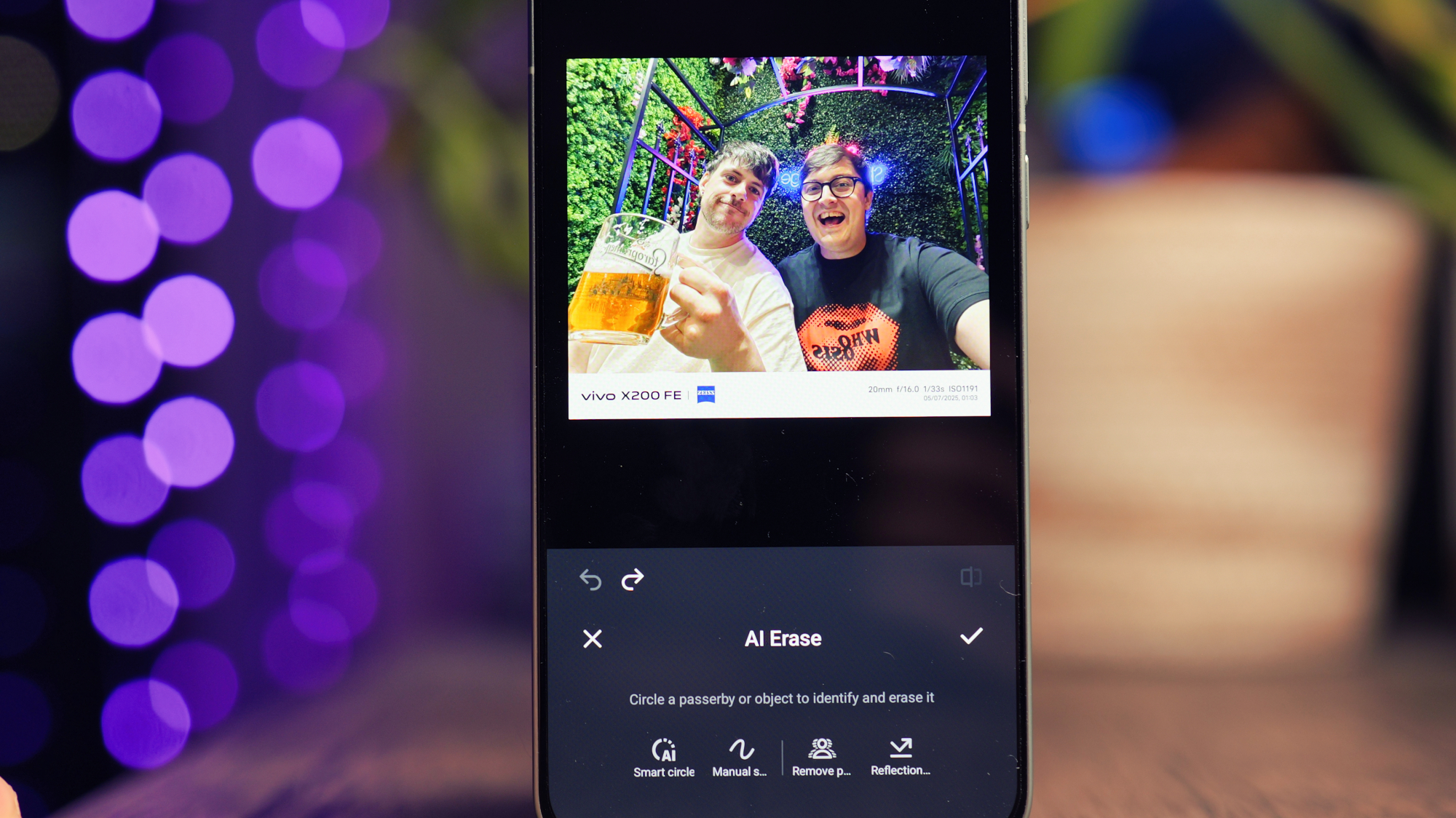
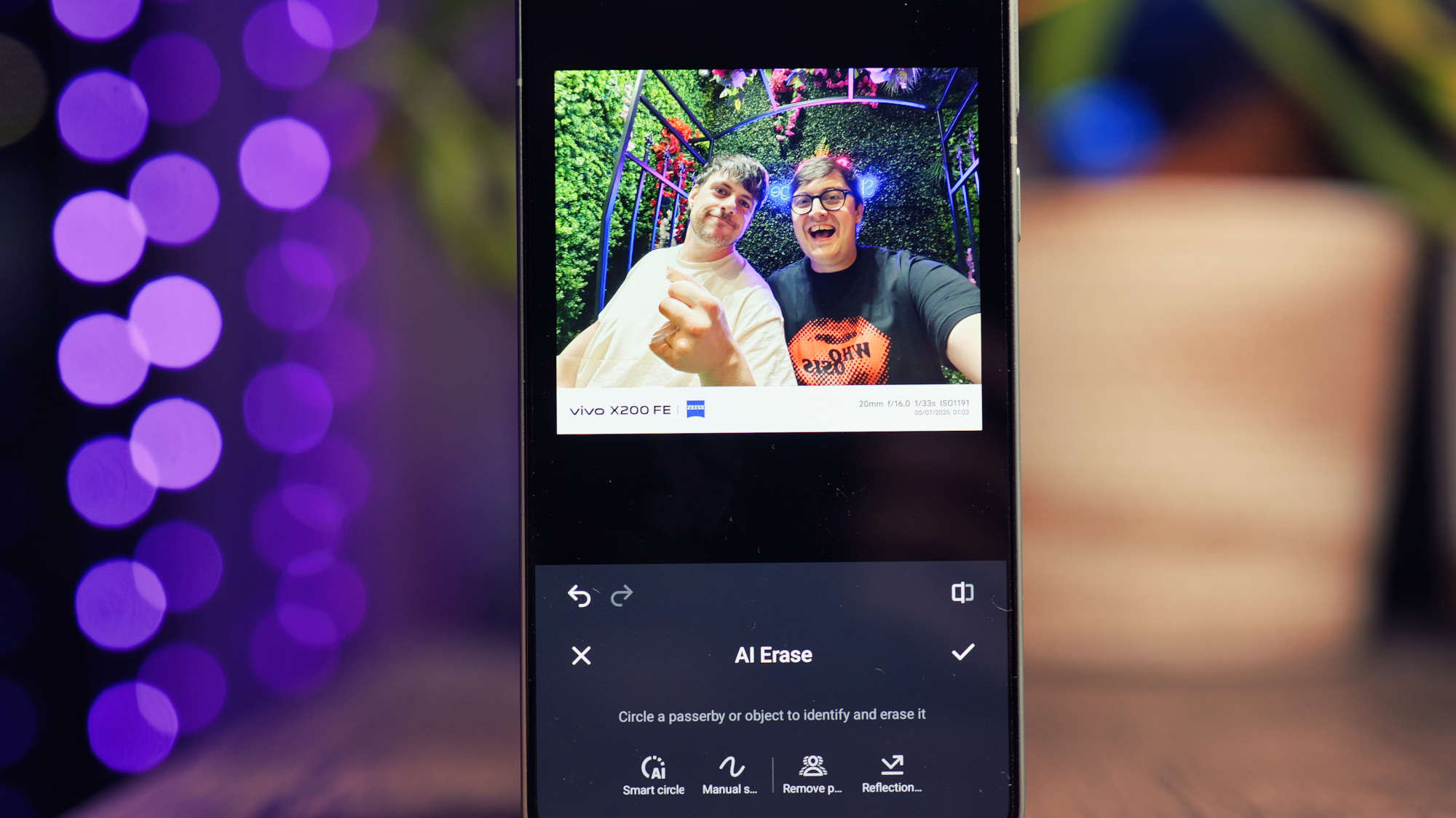
One of the more unusual features is called "AI Four Seasons Portrait." Essentially, you take a portrait photo, and after the fact, you can switch seasons, adding winter snow, autumn leaves or summer sun to the scene.
It's not something I would personally use much, but it works more effectively than you'd expect. At the very least, it's a fun party trick.
Despite being a smaller handset, the Vivo X200 FE actually packs the largest battery in the X200 lineup. It's a whopping 6500 mAh cell (unless you're in Germany or Hungary, where it's reduced to 5300 mAh) and this gave me high hopes for the phone's longevity.
Unfortunately, the reality wasn't quite what I expected. After a long day in London, I managed to drain the battery before bedtime, which is what I'd expect from a 5000 mAh cell, but I was hoping for more with this mammoth battery inside.
I should note, though, that I was unimpressed with the X200 Pro's battery when it first arrived - and in the time since, it has improved dramatically. Maybe FunTouch needs some tweaking, or maybe the phone just needs to learn my habits. Whatever the case, there's a very real possibility that the battery situation will improve.
The phone charges at an impressive 90W, and this speedy charger comes included in the box, which I always like to see. There's no wireless charging, though, and I think that's a little disappointing on something billed as a flagship.
Vivo X200 FE: Verdict
I have loved living with the Vivo X200 FE. In a lot of situations, the photos look almost as good as those that I take with the X200 Pro, but it's so nice to have a slim, compact phone in your pocket, rather than a chunky behemoth. If you're intrigued by Vivo's camera prowess, but you're not the type to lug around a massive slab of phone, this could be a good entry point.
That said, the downsides are plain to see. The main point of contention is that weak ultrawide camera, which just doesn't quite make sense to me. Even Vivo's more affordable V-series phones have managed to include 50MP ultrawide cameras - it's a very strange choice for such a premium device.
There's also no wireless charging, no LOG video recording and limited international availability. If you live in the UK or the US, the only way to get one is by importing, and most won't want to go through the hassle.
Otherwise, the X200 FE is solid on all fronts. It looks and feels great, it's speedy, has a massive battery and quick charging, and there's eSIM support, too. The starting price of €850 seems a little high, to me, but if you want that Vivo camera magic in a smaller package, that's the price you'll need to pay.
Features ★★★★☆ | A super-sized 6500 mAh battery, 90W fast charging and a lovely 10-bit OLED panel make it a delight to use - but wireless charging would have been nice to see |
Design ★★★★★ | I love a nice compact handset, they're becoming a rarity these days, and fun pastel colours seal the deal. |
Performance ★★★☆☆ | The slightly older processor doesn't seem to hold this phone back much; it's still super quick. The cameras perform well, too, only let down by the weaker ultrawide. |
Value ★★★☆☆ | As nice as this phone is, €850 seems like a big ask for a phone with an 8MP ultrawide and no wireless charging. |
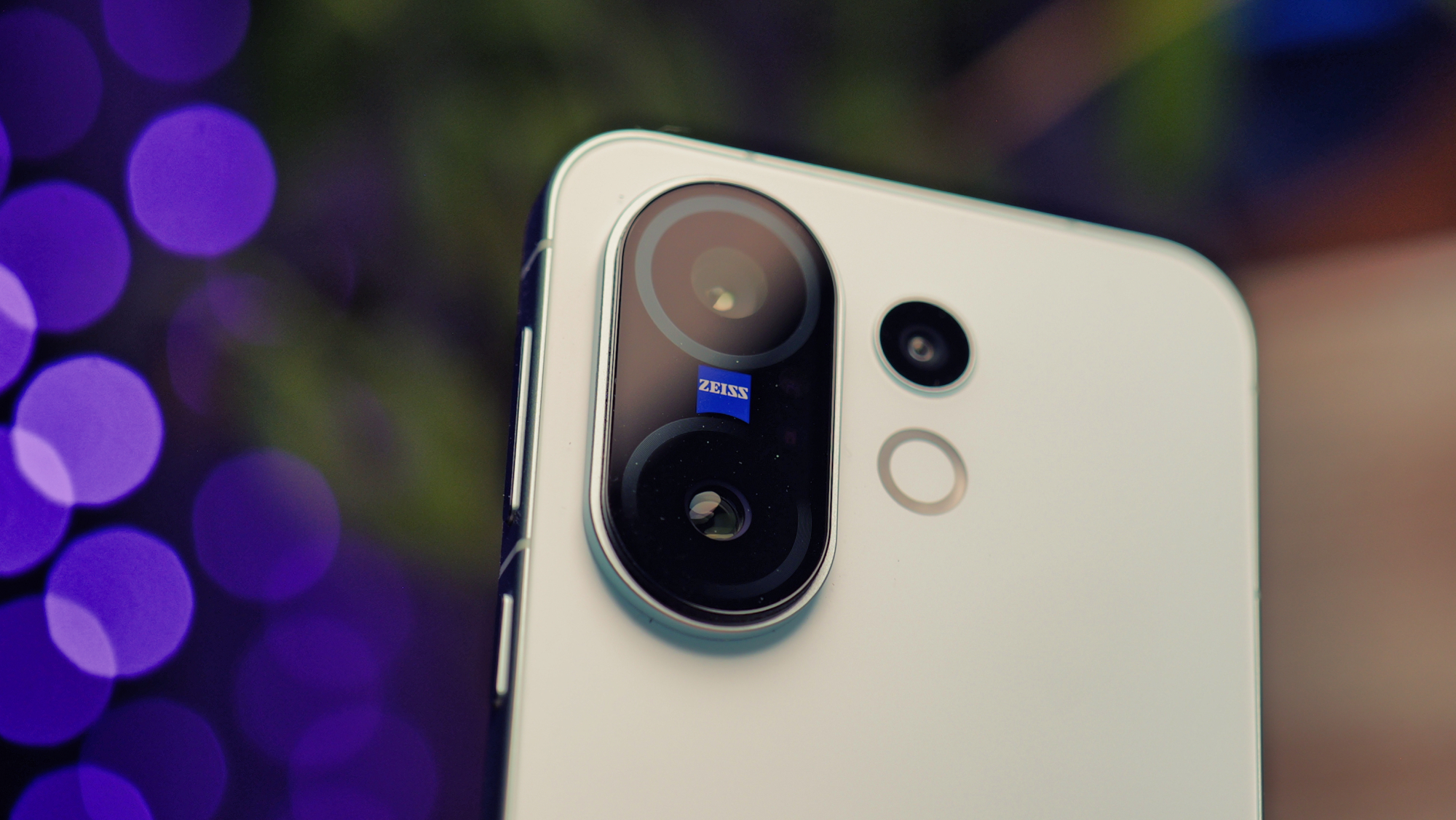
Alternatives
Samsung Galaxy S25: Similar in size, shape, and price, Samsung's most compact flagship is well worth a look. It's also great in the photography department, but it has better availability, wireless charging, it's slightly faster, and the ultrawide has more megapixels, too.

Xiaomi 15: The Xiaomi 15 is another compact handset with heavy-hitting cameras, and it's one that you can actually get your hands on in the UK. With a triple 50MP camera system, wireless charging, and a Snapdragon 8 Elite inside, it's arguably a more well-rounded package.

Luke is a freelance tech journalist who has been working in consumer electronics for over a decade. His specialties include cameras, drones, computing, VR, and smartphones. Previously Features Editor at Pocket-lint, Luke can now be found contributing reviews and features to a variety of tech publications, as well as running a YouTube channel called Neon Airship in his spare time.
You must confirm your public display name before commenting
Please logout and then login again, you will then be prompted to enter your display name.
